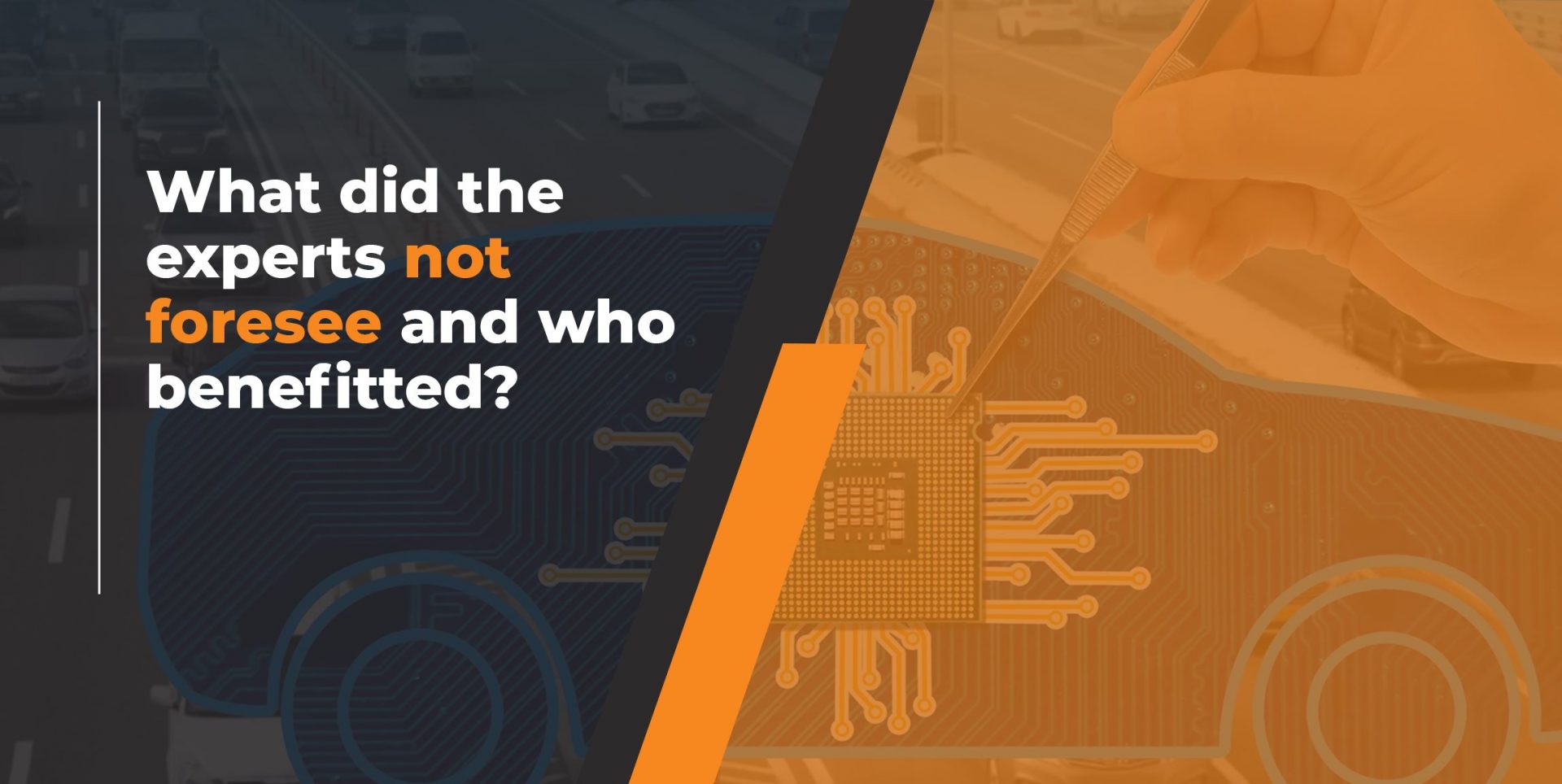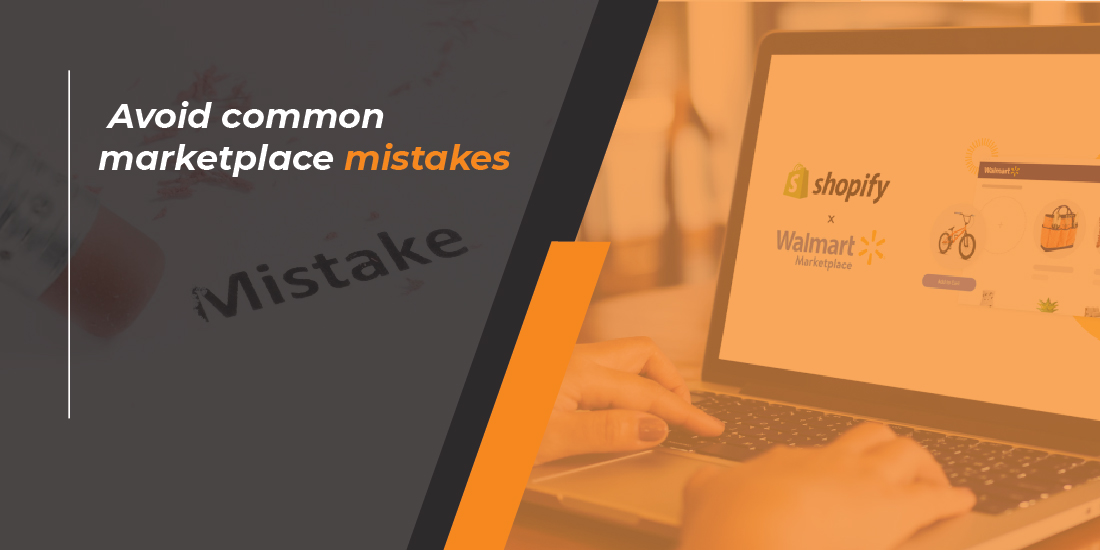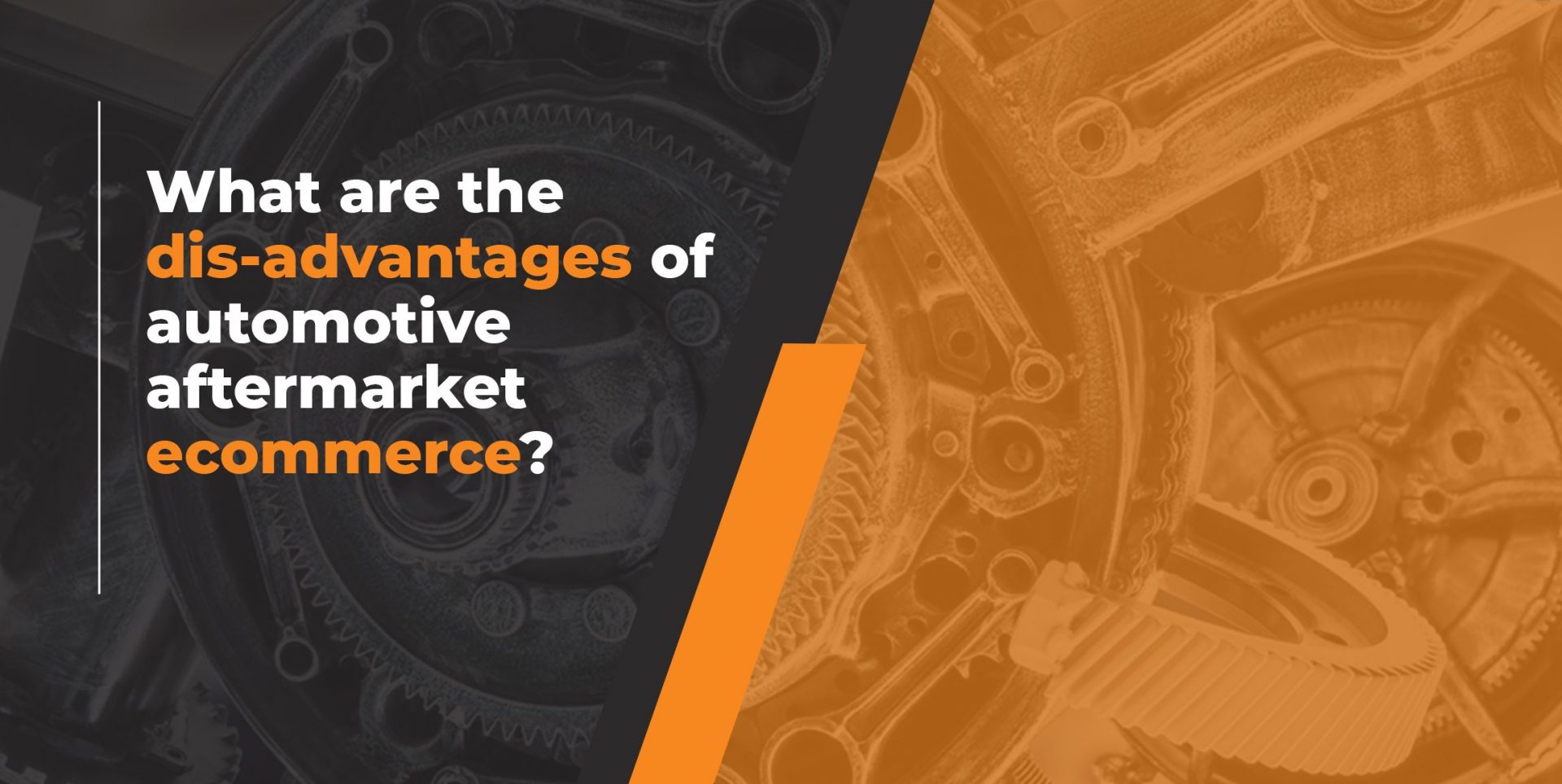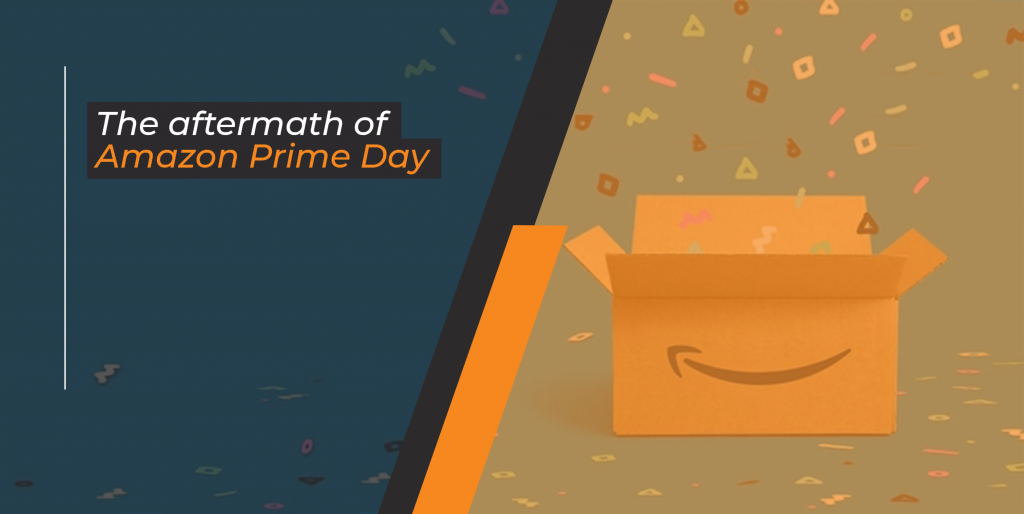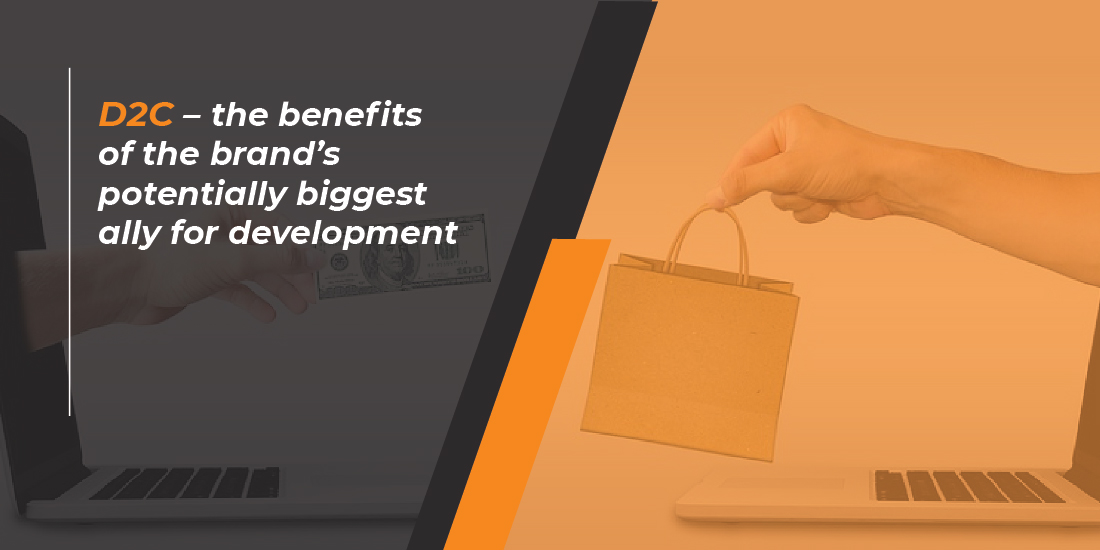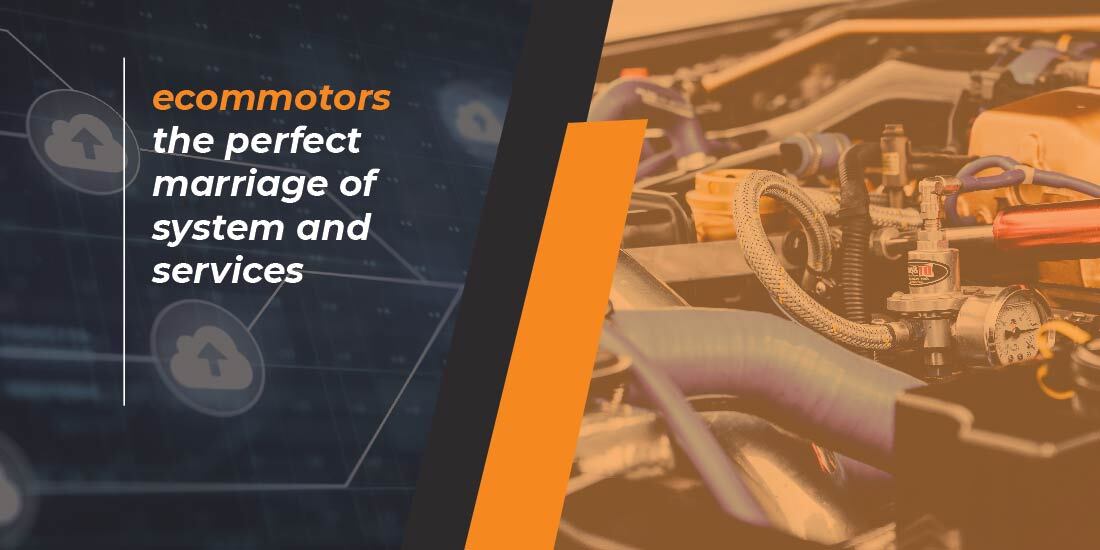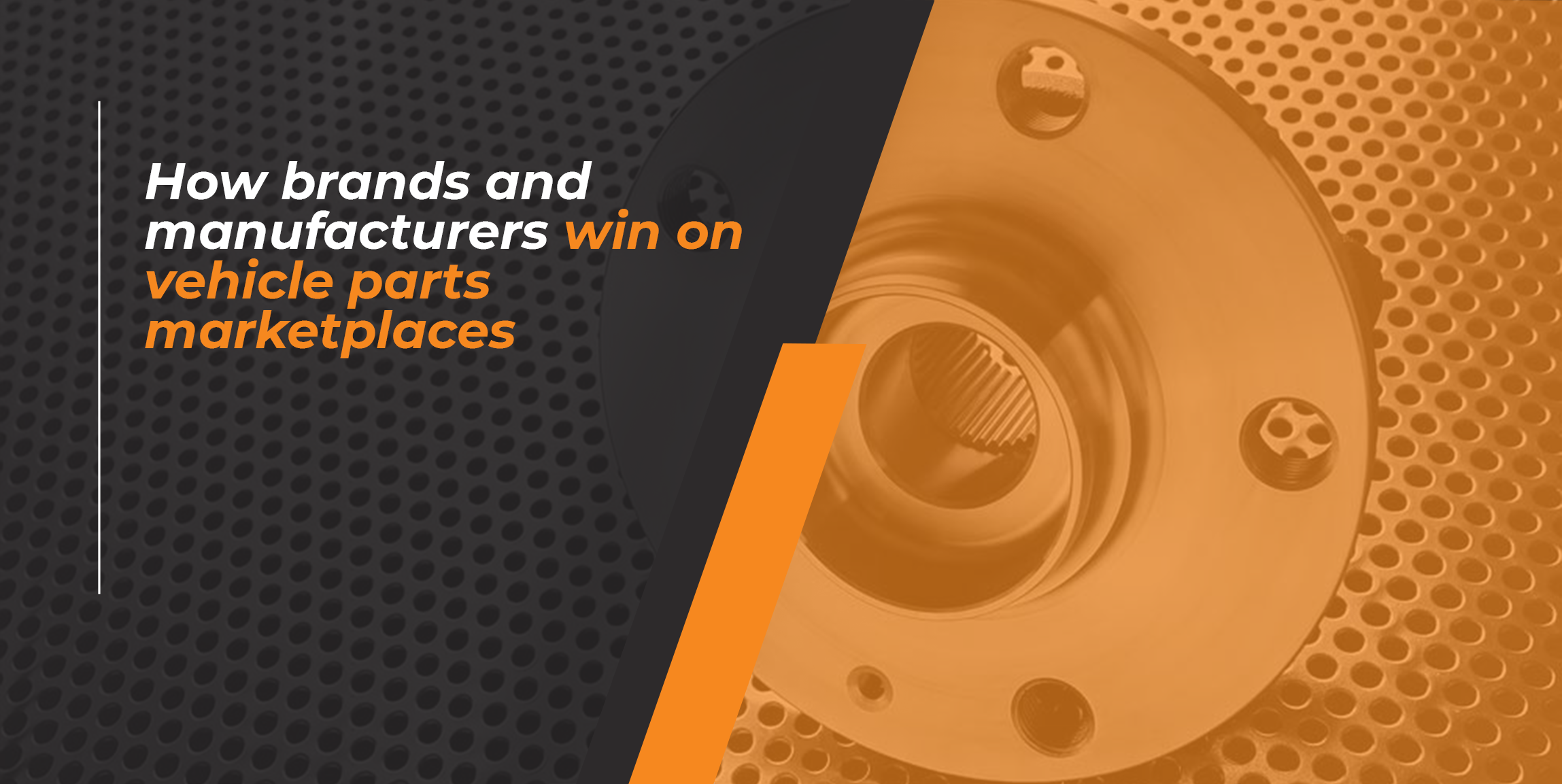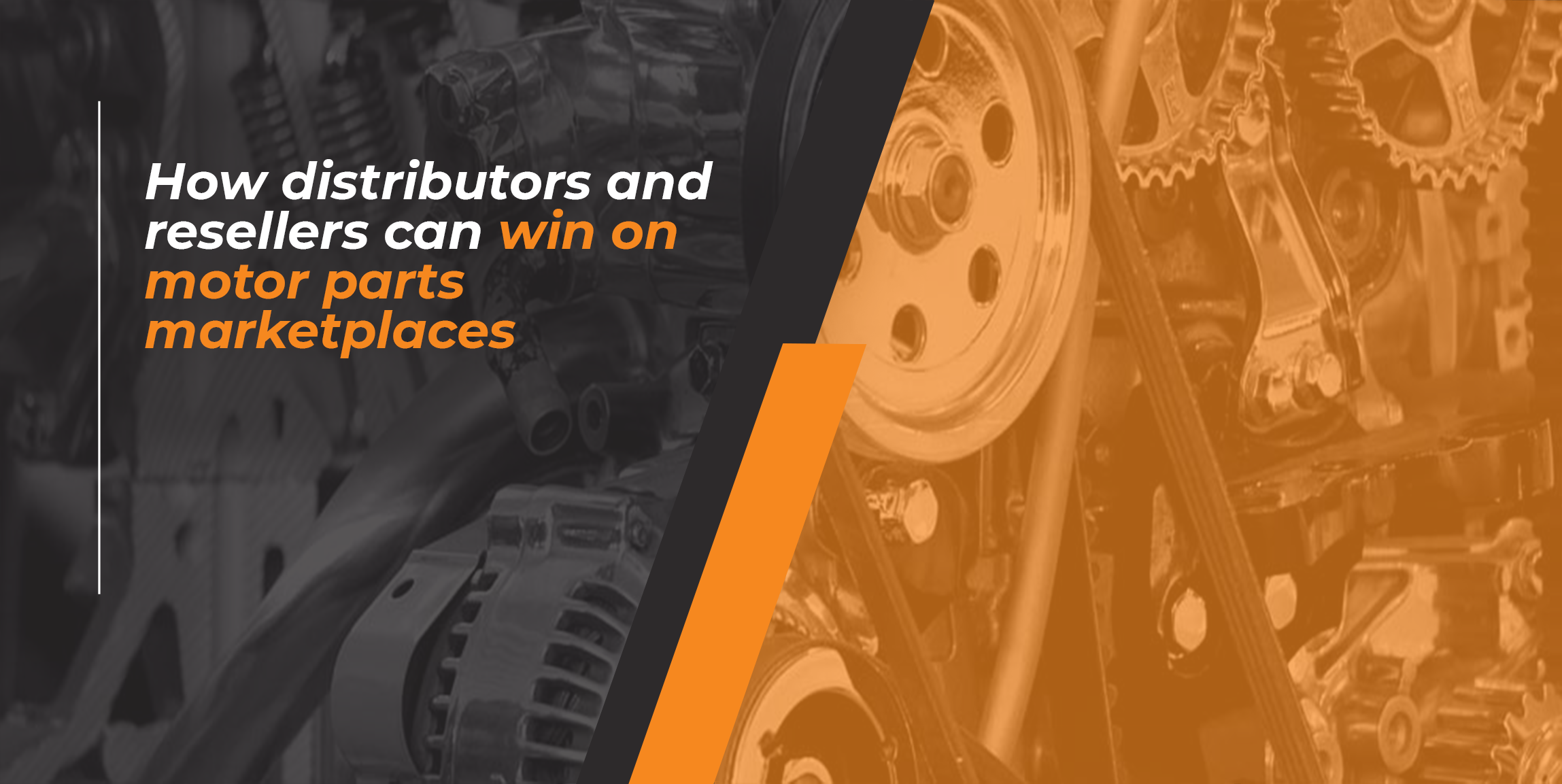
In our previous blog post, we discussed D2C (‘Direct to Consumer’) and its potentially biggest benefits. In this one, we explore the channel conflict which can occur when switching to a different channel. We argue that it’s always an opportunity – if you’re prepared.
In today’s world, there’s not a single business unaffected by the fast pace of changes happening. The majority of customers are switching to online shopping and services, and technology is evolving constantly to meet customer needs. Taking the opportunity for your business to grow on multiple e-commerce channels is always a good decision, as diversification is key to growth for brands. But it’s only in an ideal world, that B2C and B2B are working in harmony without careful management and planning.
“Channel conflict” is the business term used when two parties in distribution have a dispute (vertical and horizontal channel conflict) or when a manufacturer has at least two channels competing for sales of the same brand/product (multiple channel conflict). Channel conflict may occur when the manufacturer limits distribution so it can only go through retailers and other distributors to the customer. This way the brand distances itself from the marketplace and loses profit.
On the other hand, if the number of channels that a brand works in increases, so do the resources and the required management capacity. This itself complicates matters and can even present an internal conflict that may not have been present before (when different departments or teams are competing against each other). Reevaluating retail’s place in your brand sales strategy and being open with your partners is an important step for the future of your partnership.

It’s a good strategy to drive customers to your retail partners from your site. For example, either by a store locator and additional information as contact details or with promotions, events, product launches, and demonstrations. This is a great solution to help reduce the possibility of channel conflict. And as we mentioned in our previous post – consumers are willing to purchase products at a higher price if they know the brand and the brand experience. When the customer is happy, every part of every channel works better.
Having your price strategy ready to go ahead of time is a big advantage for not only avoiding channel conflict but also how that will affect the market. Ensuring RRP – to maintain a standard price (or recommended retailers’ price) for products across all sales channels like Apple, Nike, and Adidas do) is a great example of avoiding channel conflict. This way there is no price competition between the retailer and manufacturer, dealers/resellers/stores can match pricing and are not losing to the e-commerce channel. Manufacturers can even offer at this point loyalty discounts and avoid a potential price war with their retail network.
The essential step is to optimise your inventory – identify which products are performing well with your partners and which products aren’t. With careful inventory planning, you can create a strategy and focus it to draw sales and traffic to not-that-well-performing products.
The one thing we need to remember about D2C is that you can’t see it as a replacement for your existing retail partners. Retail channels are highly effective at getting your product in front of customers and encouraging them to purchase it. The most successful companies that are efficiently implementing D2C as an additional selling strategy try to find the appropriate balance between selling through their e-commerce stores and selling through retailers.
Everything is about maintaining stability throughout sales and distribution channels in a true multichannel environment, and this is equally true for the automotive aftermarket.
ecommotors is the only provider of integrated ecommerce business services and software systems for brands, manufacturers, distributors and resellers of car parts, tools and accessories who want sustainable online sales growth.
If you want to manage your D2C aftermarket presence or for a no-obligation introductory discussion, please contact us.





